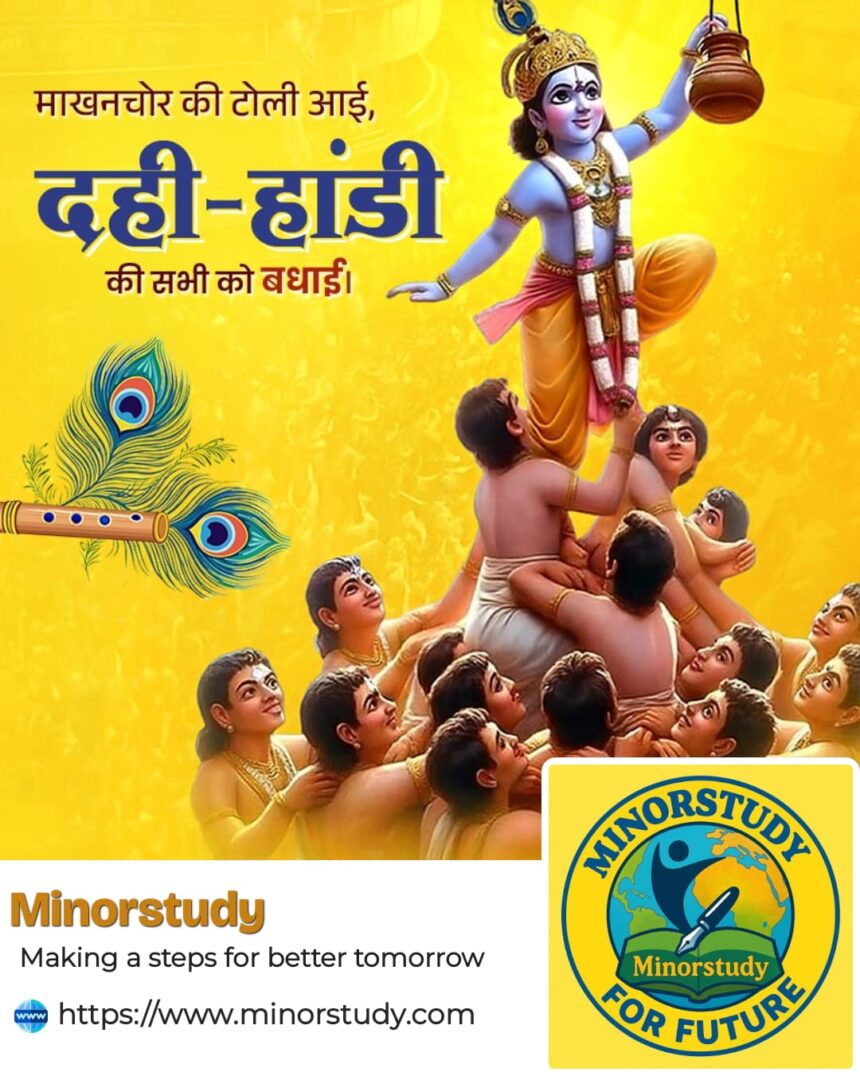7 Amazing Facts About Dahi Handi That Will Inspire You
Dahi Handi is not just a festival; it is a vibrant celebration of devotion, teamwork, and the joyous spirit of life. Every year, during the festival of Janmashtami, which marks the birth of Lord Krishna, communities across India gather to celebrate Dahi Handi with great enthusiasm and fervor. This festival, deeply rooted in Indian culture, combines mythology, social bonding, and a sense of human adventure that leaves participants and spectators alike thrilled.
In this article, we explore the history, facts, significance, timeline, FAQs, wishing traditions, and the daily life impact of Dahi Handi, making it easy for anyone to understand why this festival holds such a special place in society.
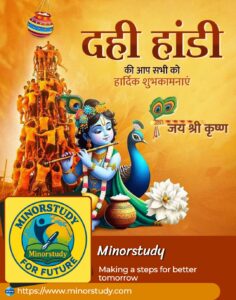
History of Dahi Handi
Dahi Handi has its roots in the childhood exploits of Lord Krishna, who is believed to have been mischievous and fond of butter and yogurt. According to mythology, Krishna and his friends would form human pyramids to reach pots of curd and butter hung high from ceilings. These playful acts, known as “Makhan Chor” (butter thief), became a symbol of joy and community participation.
Over time, these playful rituals transformed into organized events where large earthen pots filled with curd, butter, or milk are suspended at heights, and teams compete to break them by forming human pyramids. The festival is especially popular in Maharashtra, where it has evolved into a major community event with significant social and cultural importance.
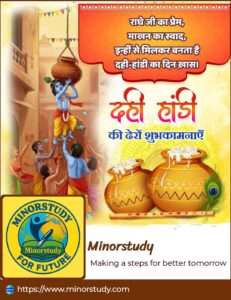
Timeline and Observance
Dahi Handi is celebrated during Janmashtami, which usually falls in August or September depending on the lunar calendar. The festival often lasts a day or two, with preparations starting weeks in advance. Here is a rough timeline of events:
Pre-Festival Preparation: Teams, known as “Govindas,” practice forming pyramids. Earthen pots (Handis) are decorated and filled with curd, butter, or other dairy products.
Morning Celebration: The festival begins early in the morning with devotional songs, dances, and rituals invoking Lord Krishna.
Handi Hanging Ceremony: The pot is suspended at a significant height, and the Govindas prepare for the pyramid formation.
Pyramid Formation and Breaking the Handi: The highlight of the day involves teams creating human pyramids to reach and break the pot. Spectators cheer and throw flower petals and turmeric powders to add festivity.
Community Feast and Wishing: After breaking the Handi, people offer sweets and milk-based delicacies to participants and spectators, wishing them prosperity and happiness.
Fascinating Facts About Dahi Handi
Originates from Krishna’s Childhood: Dahi Handi directly celebrates the playful pranks of young Krishna stealing butter, emphasizing joy and innocence.
Human Pyramids Can Be Very Tall: Some pyramids in Maharashtra reach over 9-10 meters, requiring teamwork, agility, and courage.
Community Bonding Festival: The event strengthens social ties as neighborhoods come together to organize, participate, and cheer.
Health and Fitness Angle: Forming pyramids demands strength, balance, and coordination, making it an unconventional yet effective physical activity.
Prize Money and Recognition: Modern Dahi Handi events often involve cash prizes, trophies, and sponsorships, making it competitive while retaining its traditional charm.
Cultural Symbolism: The festival symbolizes overcoming obstacles, teamwork, devotion, and the triumph of joy over monotony.
Global Influence: Indian communities worldwide celebrate Dahi Handi, spreading awareness of Krishna’s playful stories and Indian culture.
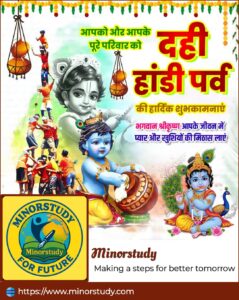
FAQs About Dahi Handi
Q1: What is the significance of Dahi Handi?
A: Dahi Handi symbolizes devotion to Lord Krishna, celebrating his childhood antics and promoting teamwork, courage, and community participation.
Q2: Why are pyramids formed during Dahi Handi?
A: Pyramids are a reenactment of Krishna and his friends forming human chains to reach curd and butter pots, symbolizing human effort and cooperation.
Q3: Is Dahi Handi dangerous?
A: Yes, high pyramids can be risky. Safety measures like helmets, nets, and trained supervision are increasingly being implemented to prevent injuries.
Q4: Where is Dahi Handi celebrated the most?
A: Maharashtra, especially Mumbai and Pune, hosts the largest and most spectacular Dahi Handi events.
Q5: Can children participate in Dahi Handi?
A: Children usually take part in mini-handis or watch the main events. Safety is the primary concern, so only trained or age-appropriate participants join large pyramids.
Significance of Dahi Handi in Daily Life
Dahi Handi is not only a festival; it offers lessons and impacts daily life in multiple ways:
Teamwork and Cooperation: Participants learn the importance of trust, coordination, and supporting each other, valuable in both personal and professional life.
Physical Fitness: Building pyramids requires strength, balance, and flexibility, promoting physical activity.
Community Harmony: By bringing people together, the festival enhances social bonds and encourages collaboration.
Cultural Awareness: Celebrating Krishna’s childhood pranks keeps ancient stories alive and encourages younger generations to understand and respect tradition.
Mental Resilience: Overcoming fear and performing in front of large crowds teaches confidence and mental resilience.
Wishing Traditions
During Dahi Handi, people greet each other with “Happy Janmashtami” or “Govinda!”, a call associated with Krishna. In Maharashtra, it is common for community leaders to offer sweets, fruits, and symbolic gifts to participants, wishing them strength, happiness, and prosperity.
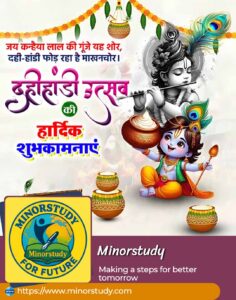
Important Points to Remember
Ensure safety measures: helmets, nets, and spotters.
Encourage all age groups to participate according to their physical ability.
Maintain community decorum: clean up after events and respect neighbors.
Celebrate the spirit of joy, not just competition.
Educate participants about Krishna’s stories, so the cultural essence is not lost.
Conclusion: Dahi Handi’s Impact on Society
Dahi Handi is more than breaking a pot; it is a celebration of life, devotion, and human potential. The festival embodies joy, courage, teamwork, and community bonding. It reminds us of Krishna’s playful spirit while teaching lessons that resonate in everyday life—trust, determination, and the celebration of achievement.
In contemporary India, Dahi Handi is both a cultural spectacle and a life lesson, influencing young and old alike. It brings neighborhoods together, promotes physical fitness, and keeps ancient traditions alive. By participating, witnessing, or even learning about Dahi Handi, one connects with a festival that balances mythological reverence with human celebration—a festival that truly inspires.
So, the next time you see a human pyramid reaching for a Dahi Handi, remember: it is not just an event; it is a living symbol of joy, unity, and inspiration.

